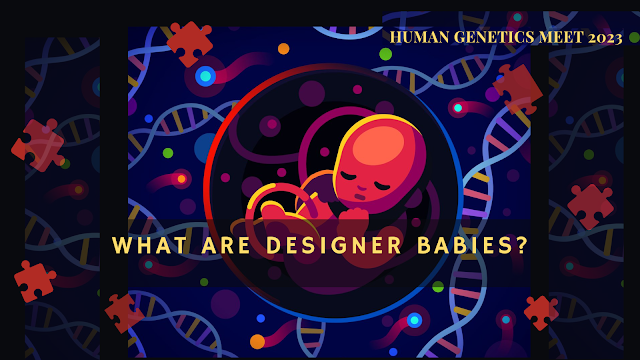What are designer babies?
Designer babies are those born
from in-vitro fertilization (IVF) embryos chosen for their presence or lack of
specific genes, or those born from pre-implantation embryos with genetic
alterations made in an effort to influence the characteristics the offspring
would have.
Pre-implantation genetic
diagnosis (PGD)-selected embryos are used to generate designer babies, or
the traits of the offspring are tweaked genetically. The main goal of designing
infants is to prevent heritable disorders that are caused by DNA mutations from
affecting them.
Adam Nash, who was born in 2000
via in vitro fertilization with pre-implantation genetic diagnosis, a method
used to choose desired traits, is regarded as the first designer child.
In order to prevent and cure
genetic flaws that lead to disease, CRISPR
designer babies are produced by altering DNA fragments. The most recent
application of CAS9, a unique technology that can add or remove specific kinds
of genes from a DNA molecule, was for the creation of gene-edited embryos after
fertilization.
Designer babies are definitely
highly advantageous; they not only enable the baby's health to be improved, but
also provide more prospects for successful organ matches, treat those who are
sadly genetically malformed, and allow parents to select their preferred
qualities.
Parents may have higher
expectations as a result of genetic
engineering. If parents don't have the child they wanted, if the traits
they chose don't manifest or if the child doesn't use them, their disappointment
may result in denigration or rejection.

.png)

.png)
Comments
Post a Comment